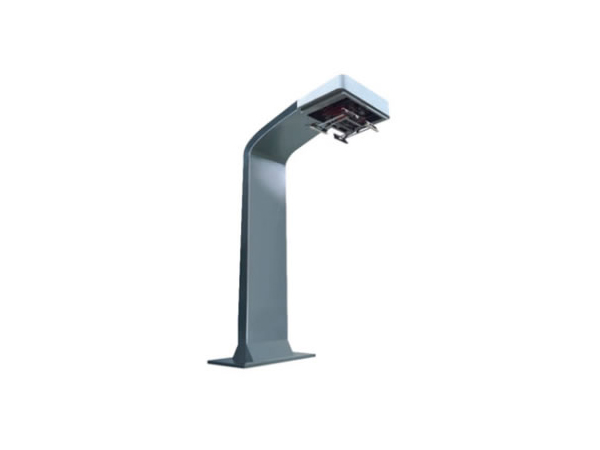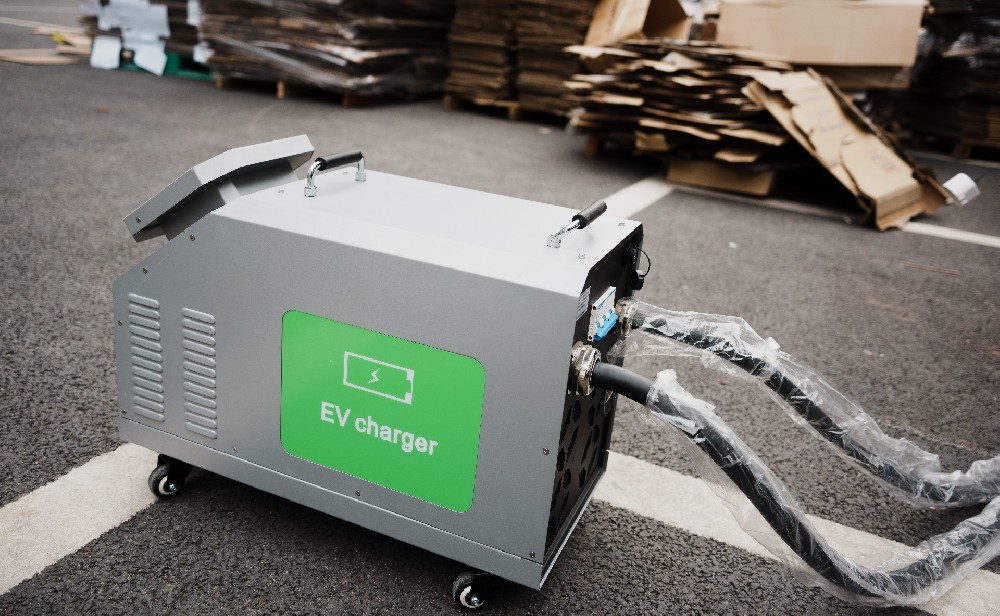-
13822183778@139.com
-
13822183778
What are the different charging modes for new energy electric vehicles?
New energy electric vehicles have two charging modes: DC (direct current) and AC (alternating current), each requiring different charging interfaces on the vehicle.
The portable charger provided with the vehicle and home AC charging stations differ significantly from DC fast charging stations in terms of usage time and charging mechanism. DC fast charging directly stores electrical energy into the power battery through a "brute-force" approach, while AC slow charging requires conversion from AC to DC via the vehicle's onboard charger (OBC) before entering the battery. Although slower, portable chargers and home charging stations have lower installation costs as their power and current requirements are less critical.(portable electric charger)

DC Fast Charging at Stations:
Utilizes off-peak electricity pricing to reduce costs
Requires specialized 380V DC charging equipment installed at fixed stations
Delivers high current (typically 60-200A) for rapid charging (30-80% in 30-60 minutes)
Risks lithium precipitation and electrolyte decomposition due to aggressive current (thermal runaway risk)
Battery management systems (BMS) must strictly control charging curves
Not recommended for regular use with non-fast-charge-optimized batteries
Home AC Charging:
Operates at 220V AC with stable/safe charging
Standard configuration: 32A/7kW (requires 6mm² copper wiring from meter)
Portable charger: 16A/3.5kW (compatible with standard air-conditioning outlets)
Full charge in 5-8 hours with minimal battery degradation
Implements CC-CV (constant current-constant voltage) charging protocol
Compatible with smart grid/V2G (vehicle-to-grid) systems
Supplementary Technical Notes:
Cable Specifications:
6mm² wiring (IEC 60228 standard) ensures <3% voltage drop at 7kW
Requires Type B RCD protection (30mA sensitivity)
Fast Charging Limitations:
C-rate typically limited to 1-1.5C for NMC batteries
Temperature window: 15-45°C (with liquid cooling systems)
SOC (State of Charge) management: Charging rate reduces above 80% SOC
Safety Standards:
DC charging: Complies with GB/T 18487.1-2015 (China), CCS/CHAdeMO (global)
AC charging: Follows IEC 62196-2 for connector safety
Battery Degradation Mechanisms:
DC fast charging accelerates SEI (solid electrolyte interphase) growth
Causes lithium plating at >1C rates (capacity loss ≈0.1% per cycle)
Thermal stress induces cathode particle cracking (NMC 811 most vulnerable)
This technical differentiation reflects the fundamental trade-off between charging infrastructure cost (DC stations: $50,000+ per unit) and battery longevity (AC charging extends cycle life by 30-50% compared to frequent DC charging). Current industry solutions like preconditioning systems (pre-heating batteries to 25-35°C before DC charging) and silicon anode batteries are being developed to mitigate these limitations.
 How long does it take to charge ···
How long does it take to charge ···
 DC Fast Charging CCS type 2 plug
DC Fast Charging CCS type 2 plug
 The high-voltage and high-curren···
The high-voltage and high-curren···


